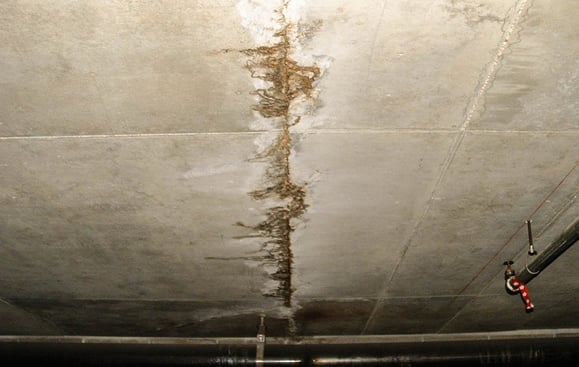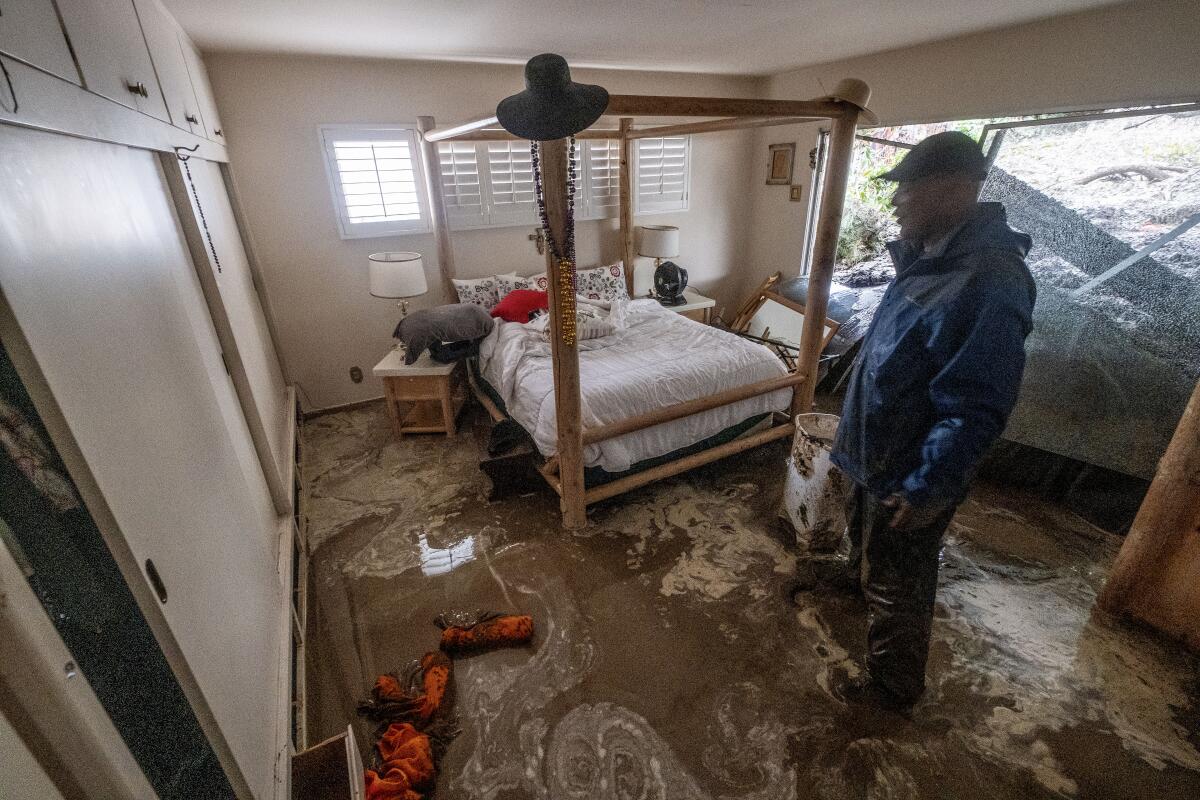Comprehensive Damage Restoration Services for All Types of Water Damage
Comprehensive Damage Restoration Services for All Types of Water Damage
Blog Article
The Refine of Water Damage Clean-up: Guaranteeing Your Home Is Brought Back Properly
Water damage can be a challenging obstacle for house owners, necessitating a structured and meticulous clean-up procedure to recover safety and capability. Initially, a detailed analysis is essential to identify the level of the damage and determine the ideal removal steps. Following this, effective water extraction techniques play a pivotal role in reducing additional damage. Nonetheless, the subtleties of drying out, disinfecting, and eventual remediation are similarly vital and commonly ignored. Understanding these stages can make a significant difference in the end result of your home's remediation, motivating a closer check out what each step entails.
Examining the Damage
Upon uncovering water damage, the first step is to completely examine the extent of the influence. This initial evaluation is important, as it aids figure out the required actions for reliable cleanup and repair. Begin by inspecting the impacted areas, consisting of wall surfaces, ceilings, floors, and individual possessions, to determine the resource of the water breach, whether from flooding, leaks, or condensation.
Documenting the damages is essential for both insurance policy cases and intending remediation initiatives - damage restoration services. Usage pictures and written notes to catch the intensity of the damage, noting any type of damaged structural components and materials. Pay special interest to locations that may not be quickly visible, such as behind walls and under rugs, as hidden wetness can cause more problems, including mold and mildew growth
Additionally, evaluate the timeline of the water exposure. The longer the materials remain damp, the higher the possibility for damages. Comprehending the duration of direct exposure will notify the necessity of remediation efforts. Inevitably, an extensive evaluation prepares for an effective water damage clean-up procedure, ensuring that all influenced areas are resolved successfully and extensively.
Water Removal Methods

Professionals typically utilize submersible pumps for larger volumes of water, which can rapidly ease flooding in cellars or other affected areas. For smaller quantities, wet/dry vacuum cleaners are usually used to extract recurring moisture from carpets and hard surfaces. Furthermore, utilizing mobile extractors enables targeted removal in confined spaces or areas with delicate materials.
In instances of contaminated water, such as sewage or floodwater, advanced extraction methods might include using biohazard devices to make certain security and compliance with health and wellness guidelines. High-powered removal devices are essential in reducing water retention in structural materials, which can lead to mold growth and structural wear and tear if not dealt with quickly.
Eventually, the efficiency of water extraction techniques plays a pivotal duty in the total success of the water damages clean-up process, preparing for succeeding reconstruction initiatives.
Drying and Dehumidification
As soon as standing water has actually been efficiently extracted, the following critical stage in the water damages cleanup procedure is drying out and dehumidification. This action is necessary to stop further damages and mold growth, which can take place within 24 to two days in moist environments.
To attain reliable drying, specific devices such as industrial-grade air moving companies and dehumidifiers is employed. Air movers circulate air throughout wet surface areas, enhancing evaporation rates, while dehumidifiers lower humidity degrees in the air, promoting a conducive setting for drying. The mix of these tools makes certain that dampness is drawn out from home furnishings, floors, and wall surfaces, allowing them to completely dry thoroughly.
It is necessary to keep an eye on the drying out process closely. Professionals often use wetness meters to assess the wetness web content in various materials, guaranteeing that all influenced areas reach appropriate dryness degrees. This careful approach assists to stop concealed dampness pockets that could cause architectural damages or harmful mold and mildew development.

Cleaning and Sanitizing
After the drying and dehumidification phase is total, the following crucial action in water damage cleanup is cleaning up and sterilizing the impacted locations. This process is essential to avoid the development of mold and mildew, germs, and other microorganisms that prosper in wet settings.
The cleansing phase commonly entails getting rid of any kind of particles, dust, and pollutants from surface areas making use of specialized cleaning up agents. For difficult surfaces, a combination of soap and water or commercial cleaning products is frequently used. Soft materials, such as upholstery and carpetings, might need more substantial cleansing techniques, including steam cleansing or deep extraction methods, to guarantee complete cleanliness.

Disinfecting follows cleansing, using EPA-approved disinfectants to remove dangerous microorganisms. This action is necessary, especially in locations that may have come into contact with floodwaters or sewage, as these resources can position significant health and wellness threats.
In addition, it is necessary to deal with any kind of remaining odors, which may call for making use of smell neutralizers or advanced methods like ozone therapy. Appropriate cleaning and disinfecting not only recover the safety and security and health of your home but additionally lay the groundwork for effective restoration and repair services in succeeding phases of the water damages clean-up procedure.
Restoration and Repair Work

Once the evaluation is total, repair efforts can begin. This normally entails fixing or changing broken materials, making certain that all job abides with neighborhood building regulations and criteria. For circumstances, if drywall has actually been compromised, it will need to be gotten rid of and changed with new material. In addition, floor covering might need similar interest, depending upon the degree of water direct exposure.
It is essential to engage seasoned repair experts throughout this procedure, as they have the experience to manage complicated repairs properly. Additionally, they can aid alleviate prospective future concerns, such as mold and mildew growth or architectural instability, therefore guaranteeing a safe and habitable living atmosphere. Ultimately, reliable reconstruction and repair services recover the home's integrity and enhance its total worth.
Final Thought
Finally, the process of water damages clean-up is important for bring back a home to its pre-damage problem. Each phase, from analyzing the damage to carrying out reliable water removal methods, adhered to by extensive drying out, sanitizing, and essential fixings, plays an important role in making sure security and conformity with building standards. Efficient implementation of these steps not just minimizes immediate damages but also boosts the long-term stability and worth of the residential property.
Water damage can be a complicated obstacle for home visit homepage owners, demanding a meticulous and structured cleaning procedure to recover security and performance. Inevitably, a thorough evaluation lays the groundwork for a successful water damage cleaning procedure, making certain that all impacted areas are dealt with efficiently and extensively.
Effective water extraction techniques are essential in minimizing damages and avoiding more difficulties complying with a water intrusion event.In verdict, the procedure of water damages cleanup is important flood water cleanup for recovering a home to its pre-damage condition. Each phase, from assessing the damage to implementing reliable water removal techniques, followed by thorough drying, disinfecting, and necessary fixings, plays an essential role in ensuring safety and compliance with building standards.
Report this page